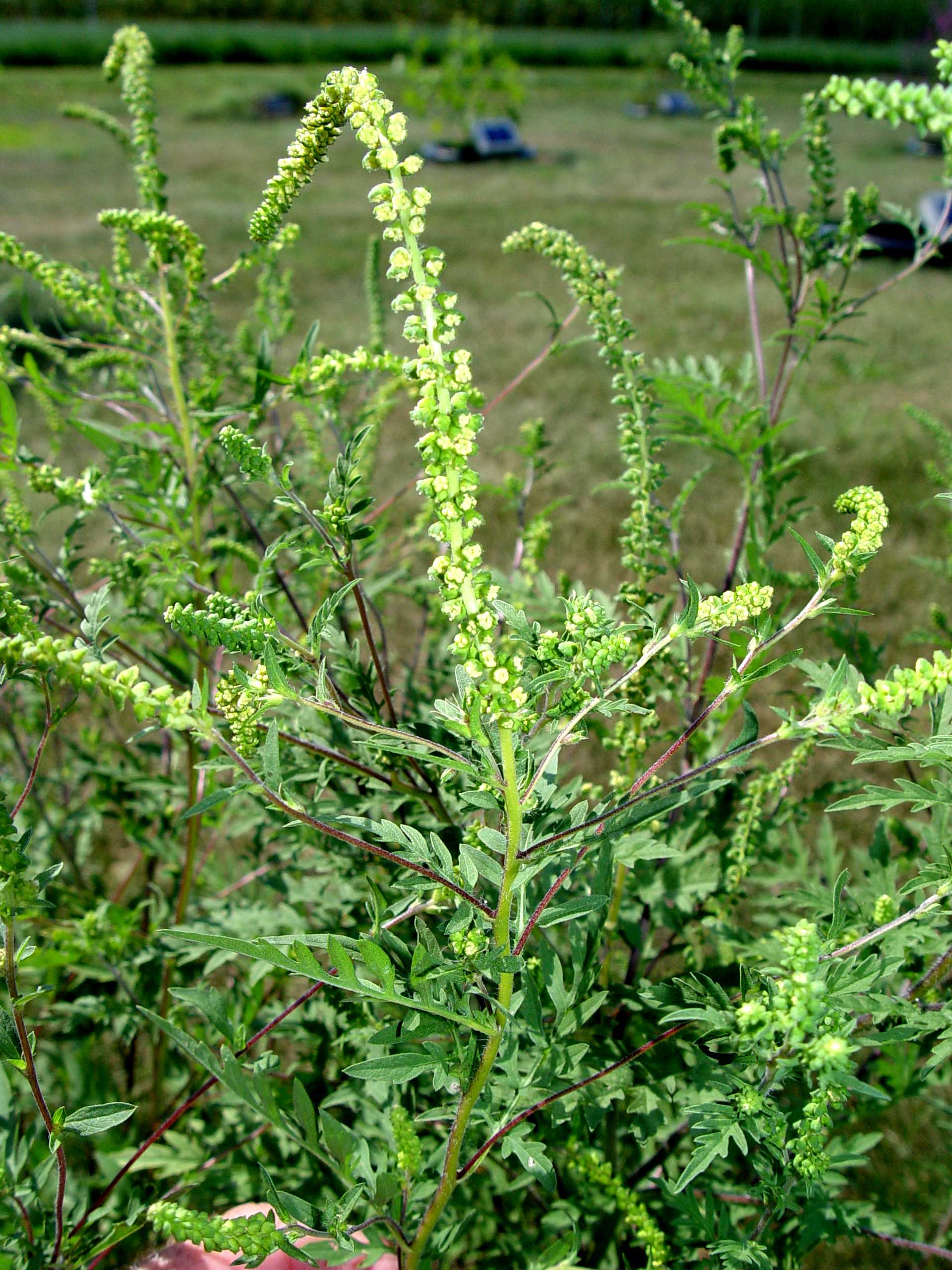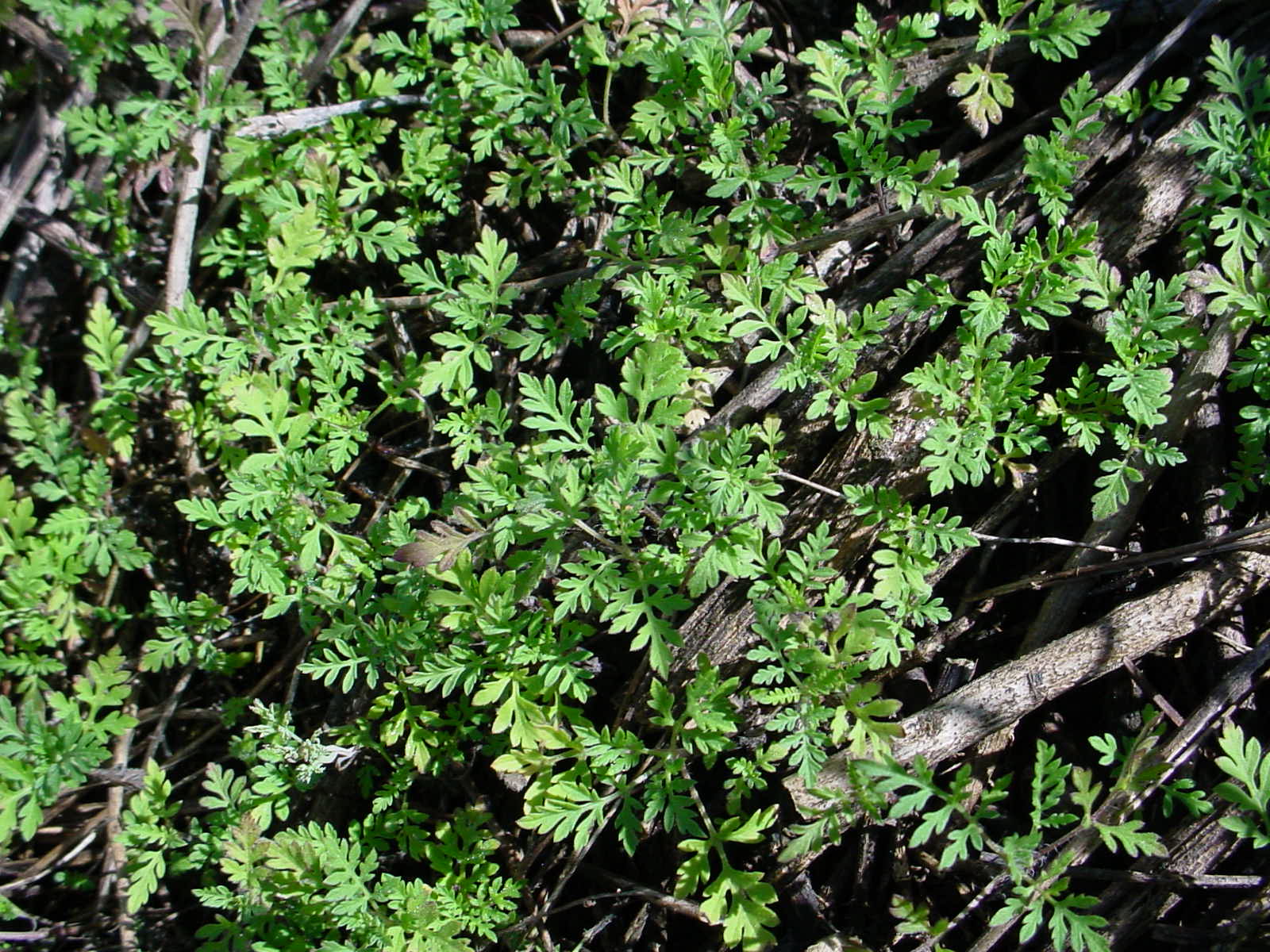Weed or Wildflower? Summer Weeds that Look Like Native Plants
Killing native wildflowers by mistaking them for weeds can be detrimental to the ecosystem. Here are six common summer weeds and how to tell them apart from similar native plants.
Some weeds pierce our skin, some cause rashes, and some are troublesome for their herculean ability to overtake landscape plants.
Common ragweed is a plant with a fourth potent anti-social trait – it’s the champion of sneeze-inducing weeds.
A single ragweed plant can produce up to a billion grains of pollen. When these tiny grains blow into noses from late summer through early fall, they cause significant hay-fever symptoms in about 10 percent of the population.
The flowers that produce the pollen are green and not very noticeable – not nearly as eye-grabbing as the golden-yellow wands of the U.S.-native perennial wildflower goldenrod, which blooms at the same time.
Because so many people begin sneezing when they see colonies of goldenrod, they mistakenly blame that flower when it’s really an intermingled or veiled patch of ragweed causing the allergic reaction.

The flower spikes of ragweed are a not-so-showy yellow-green. George Weigel
Common ragweed (Ambrosia artemisiifolia) is a summer annual weed that’s native to the central and eastern U.S. as well as southern Canada.
Seeds of it apparently traveled in hay for horses during World War I to spread into Europe. It’s also now entrenched in Asia and South America.
Ragweed is a tough and versatile customer, growing well in poor soil and tolerating drought, occasional wetness, and a fair amount of soil saltiness.
You’ll usually find it in sunny open areas, such as farm fields, orchards, landscapes, meadows, and roadsides.
Infertile, compacted soil may stunt a ragweed plant’s height to just a foot or so, but given full sun, good soil, and ample moisture, plants can grow up to four feet tall in a single season.
At its best, one ragweed plant is capable of producing as many as 50,000 to 60,000 seeds. Those seeds are long-lived in the soil, too. One study found that 85 percent of them were still viable after 20 years lightly buried in the ground. Some can survive 40 years.
Ragweed seeds sprout from spring into early summer, but it takes plants two to four months to flower. That’s why ragweed pollen doesn’t become a sneezy problem until late in the season (August through October in most of the U.S.), even though ragweed plants are some of the earliest summer annuals to germinate (primarily in May and June).
Seedlings grow quickly into bushy plants that have two- to four-inch-long green leaves. The leaves are deeply divided into lobes, giving plants an almost fern-like appearance.
Curiously, the early leaves are arranged opposite one another on the stems, while the ensuing leaves are arranged alternately.
As an annual, ragweed plants die with frost. New colonies form when seeds drop or are transported by birds, compost, shoes, garden equipment, and in the manure of grazing animals, such as cows, sheep, and especially horses, which are fond of ragweed.

Ragweed seedlings. Photo by Richard Old / www.xidservices.com
Common ragweed has developed resistance to several commonly used weed-killers, so more than one treatment or type of spray may be needed to kill an existing patch. To stop seeding, plants are best killed before they flower. A better strategy for home gardeners is scouting for newly sprouted ragweed plants in early summer and digging or pulling them. Since they’re annual plants, young ones pull out easily if you get to them before they’ve had a chance to send down taproots. Be aware that pulled ragweed seedlings can re-root if left on damp soil. Remove them from the garden to prevent that. Pulled plants can be composted if they’re removed before flowering. Repeated cutting or weed-whacking isn’t as effective on ragweed as most other summer annual weeds because ragweed plants are adept at resprouting from remaining stems.
As with most annuals, ragweed control is possible by focusing on preventing the germination of new seed each year.
Not disturbing the soil is one strategy. The less you till or dig, the fewer buried ragweed seeds will be brought to the surface. The vast majority of ragweed seeds sprout from the top inch of soil.
Covering as much bare soil as possible is another defensive strategy. A dense planting of desired plants or a layer of mulch are options to deny light and growing space to new ragweed plants.
A third line of defense is applying granular weed preventers each spring.
In landscape beds, Preen Extended Control Weed Preventer is labeled for ragweed control. It can be applied around hundreds of existing landscape plants once in spring for up to six months of ragweed prevention. (The label lists plant-by-plant specifics.)
Preen Mulch with Extended Control Weed Preventer is a two-action bagged product that combines wood mulch with a ragweed preventer.